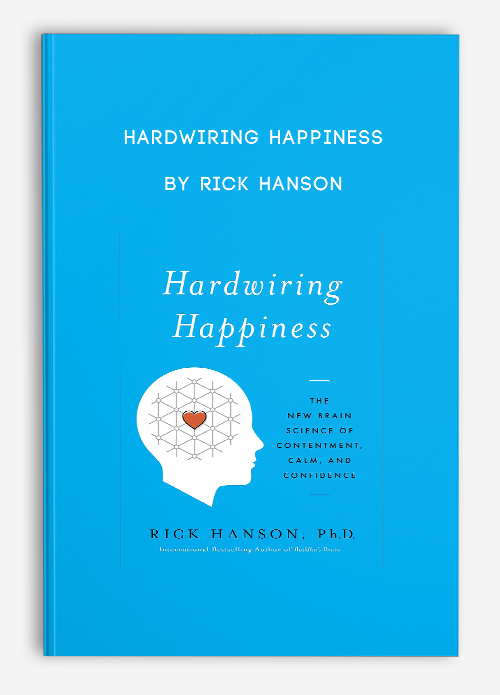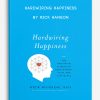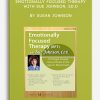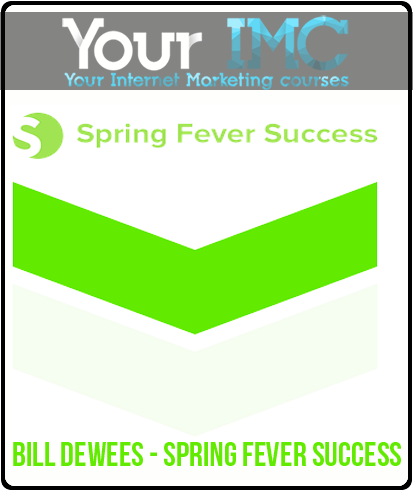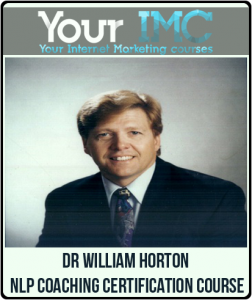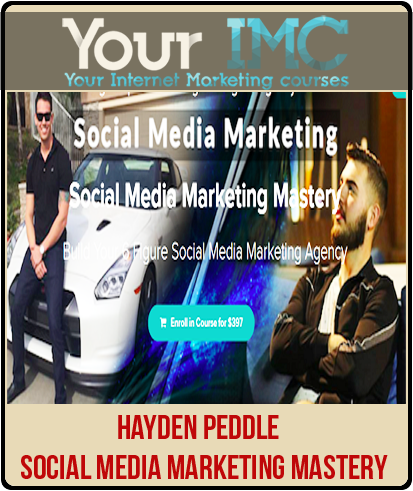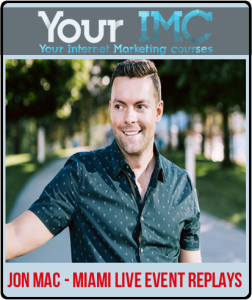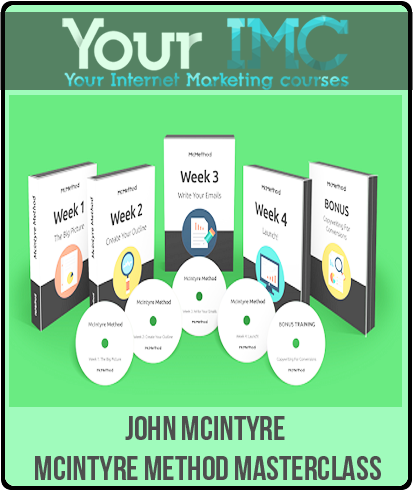Hardwiring Happiness: The New Brain Science of Contentment, Calm and Confidence by Rick Hanson
Original price was: $219.99.$59.00Current price is: $59.00.
- Description
Description
Hardwiring Happiness: The New Brain Science of Contentment, Calm and Confidence by Rick Hanson
**More information:
Get Hardwiring Happiness: The New Brain Science of Contentment, Calm and Confidence at bestoftrader.com
Description
Featuring Neuropsychologist, international speaker, and bestselling author of Buddha’s Brain, Just One Thing, and newest book, Hardwiring Happiness, Rick Hanson, Ph.D.
Based on Dr. Rick Hanson’s latest book, Hardwiring Happiness, this workshop will present the four simple HEAL steps of taking in the good, which turn passing experiences into lasting neural resources. We’ll explore how to use these methods to lower anxiety and stress, lift mood, grow confidence, calm, and contentment, and fundamentally, hardwire happiness into the brain. The mind shapes the brain: neurons that fire together, wire together. Positive experiences are the main source of the neural structures underlying positive mood, resilience, feeling loved, the executive functions, and other inner strengths. Unfortunately, most positive experiences are wasted on the brain because it evolved a negativity bias to help our ancestors survive. It’s like Velcro for bad experiences but Teflon for good ones.
You will learn many practical ways to help your clients overcome this negative bias – which is disheartening, flattens learning curves, undermines compliance and progress in treatment, and fosters drop outs or relapsing – and instead draw upon the positive experiences available in both treatment and everyday life to weave strength and happiness into the fabric of their brain and their life.
In addition to teaching general-purpose methods for deliberately internalizing positive experiences – taking in the good – the workshop will explore how to identify and use key resource experiences to soothe and even heal clinical issues related to the three fundamental systems of the brain: Avoiding harms, Approaching Rewards, and Attaching to others. These methods include how to skillfully hold both positive and negative material in awareness so that – “as neurons fire together, they wire together” – the positive factors connect with, dampen, and gradually replace the negative ones.
The workshop will also cover applications to particular populations and needs, notably trauma, children, and addiction/recovery.
The Brain, The Mind, & The Mind/Brain System
- Perspectives
- Self-Directed Neuroplasticity
- Your brain: The technical specs
- The mind/body brain system-a working model
- 3 facts about the brain and the mind
- Experience: How mental states become neural traits
- The power of mindful attention
- Self-compassion
- The Evolving Brain
- 3 fundamental motivational systems:
- Avoiding
- Approaching
- Attaching
- How the brain pursues in two basic ways:
- Homeostatic, refuel-and-repair, sustainable Responsive mode and the Allostatic, fight-or-flight, unhealthy Reactive mode
The Negativity Bias
- Why the brain is primed to go Reactive
- We learn too much from negative experiences and too little from positive ones
- Clinical consequences
Threat Reactivity
Implicit Memory and Inner Resources
Taking in the Good (TIG)
- 4 steps of taking in the good
- Activate and install positive mental states
- Help clients notice or create positive experiences
- 4 ways to use taking in the good with clients, both during and between sessions
- How to build up key strengths for depression, addiction, anxiety, trauma, loss and feeling inadequate:
- Avoiding systems
- Approaching systems
- Attaching systems
- Applications for couples and children
- Skillfully pairing positive and negative material in awareness
- Special considerations for children, couples, trauma, and addictions
Use TIG to Heal Emotional Pain
Natural Happiness
More information about Medical:
Medicine is the science and practice of establishing the diagnosis, prognosis, treatment, and prevention of disease.
Medicine encompasses a variety of health care practices evolved to maintain and restore health by the prevention and treatment of illness.
Contemporary medicine applies biomedical sciences, biomedical research, genetics, and medical technology to diagnose, treat, and prevent injury and disease,
typically through pharmaceuticals or surgery, but also through therapies as diverse as psychotherapy, external splints and traction, medical devices, biologics, and ionizing radiation, amongst others.
Medicine has been around for thousands of years, during most of which it was an art (an area of skill and knowledge) frequently having connections to the religious and
philosophical beliefs of local culture. For example, a medicine man would apply herbs and say prayers for healing, or an ancient philosopher and physician would apply bloodletting according to the theories of humorism.
In recent centuries, since the advent of modern science, most medicine has become a combination of art and science (both basic and applied, under the umbrella of medical science).
While stitching technique for sutures is an art learned through practice, the knowledge of what happens at the cellular and molecular level in the tissues being stitched arises through science.

